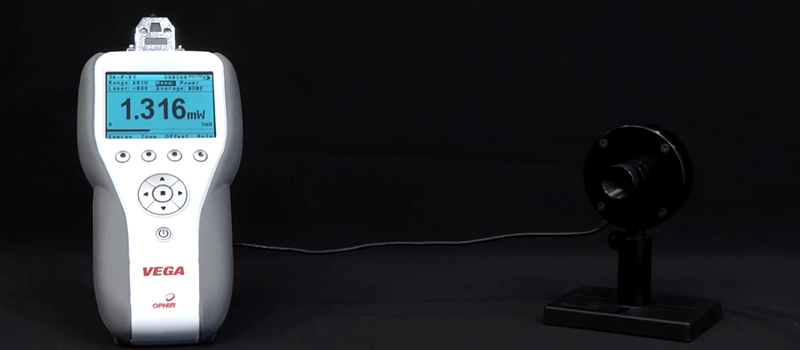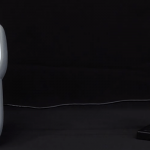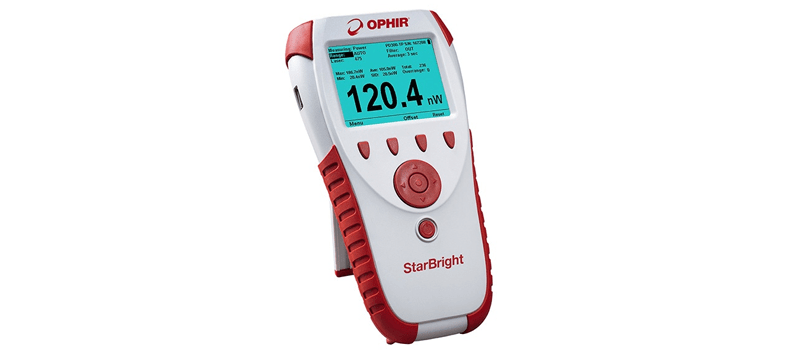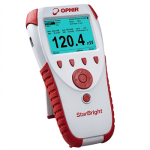Intense Pulsed Light (IPL) is a commonly used tool for a variety of esthetic, as well as medical, skin treatments.
IPL devices are non-laser high intensity light sources that make use of a high-output flashlamp to produce a broad wavelength output of noncoherent light, usually in the 500 to 1200nm range.
Monitoring the System
As opposed to invasive lasers (those that function deeper than the skin surface, such as CO2 lasers), where the FDA requires internal and external power/energy monitoring systems, with noninvasive lasers and with IPLs it is up to the manufacturer to include a mechanism that internally monitors the light source. It is then up to the end user to decide if an external measuring system is still necessary.
Usually you’ll have a field service engineer come “calibrate” your laser, but you might decide that this isn’t giving you enough information about the laser on a regular basis.
Best Practice
If you are a medical professional working with lasers/IPL, you hold a huge responsibility towards your patients’ safety and health. Because of the risk potential, the safety regulations for medical lasers are the strictest of any laser application; even in unregulated IPL applications, patient safety should be taken no less seriously.
You need to feel certain that you use proper power/energy measurement tools in order to ensure that the IPL is working according to specification. It’s of utmost importance, if you are working in this industry, to keep up to date with the latest measurement technology in order to decide if you are offering your clients the best – and safest – treatment possible. It is also worth considering if you want to use an external energy measurement device to monitor the actual output of your laser or IPL source, rather than relying on the IPL system’s displayed settings.












Leave a Reply
Your email address will not be published. Required fields are marked *